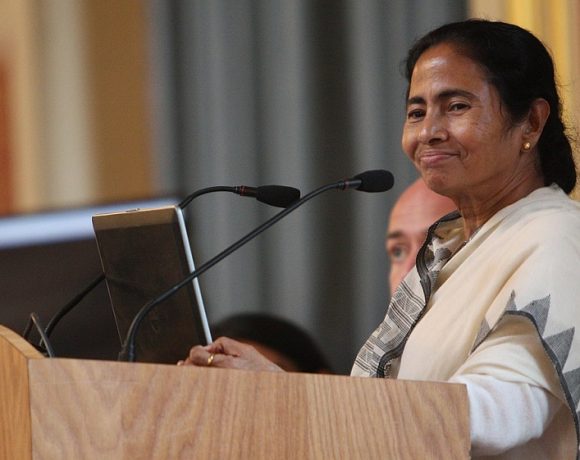
Kerala Steps Up Surveillance After Two Nipah Deaths
Following two confirmed fatalities due to the Nipah virus in Malappuram and Palakkad, Kerala’s health department has escalated surveillance efforts. Hospitals in six districts—Palakkad, Malappuram, Kozhikode, Kannur, Wayanad, and Thrissur—have been placed on high alert, and strict monitoring of fever and encephalitis cases is now mandatory.
Contact Tracing Efforts Underway
Health officials have identified 543 individuals who came in contact with the second deceased patient (a 57-year-old man from Palakkad). Among them, 46 close contacts are being closely monitored, with eight currently in intensive care across various hospitals. Authorities have also utilised CCTV footage and mobile data to trace and isolate potential exposures.
Containment Measures and Public Advisory
Containment zones have been established in multiple wards across Palakkad and Malappuram. The Health Minister has directed hospitals to limit visitors, allow only one attendant per patient, and mandate mask-wearing for everyone in medical facilities. Public is urged to avoid unnecessary hospital visits, especially in affected districts.
Intensified Field-Level Surveillance
Teams have conducted fever surveillance in thousands of households, collecting samples from suspected cases. All samples are being tested initially at Manjeri Medical College, with final confirmation from the National Institute of Virology in Pune. Special field units have been deployed to maintain readiness and enforce safety protocols in the community.
Vigilance Amid Past Outbreaks
Synthetic vigilance builds on Kerala’s history of managing sporadic Nipah outbreaks since 2018, each controlled with swift action and zero major spread. The virus, carried by fruit bats, has a high fatality rate (40–75%), and there is no vaccine, making early detection and isolation critical.
Authorities have emphasised the need for public cooperation—promptly reporting fever, avoiding crowded spaces, and following official guidance. With no evidence yet of community transmission, health teams are working to contain the virus quickly and prevent wider spread.


















